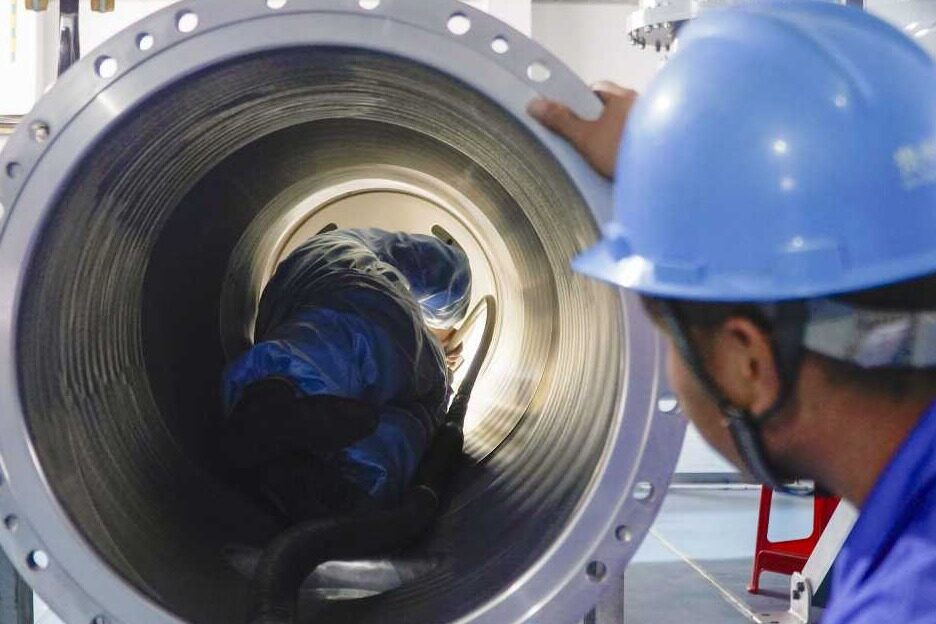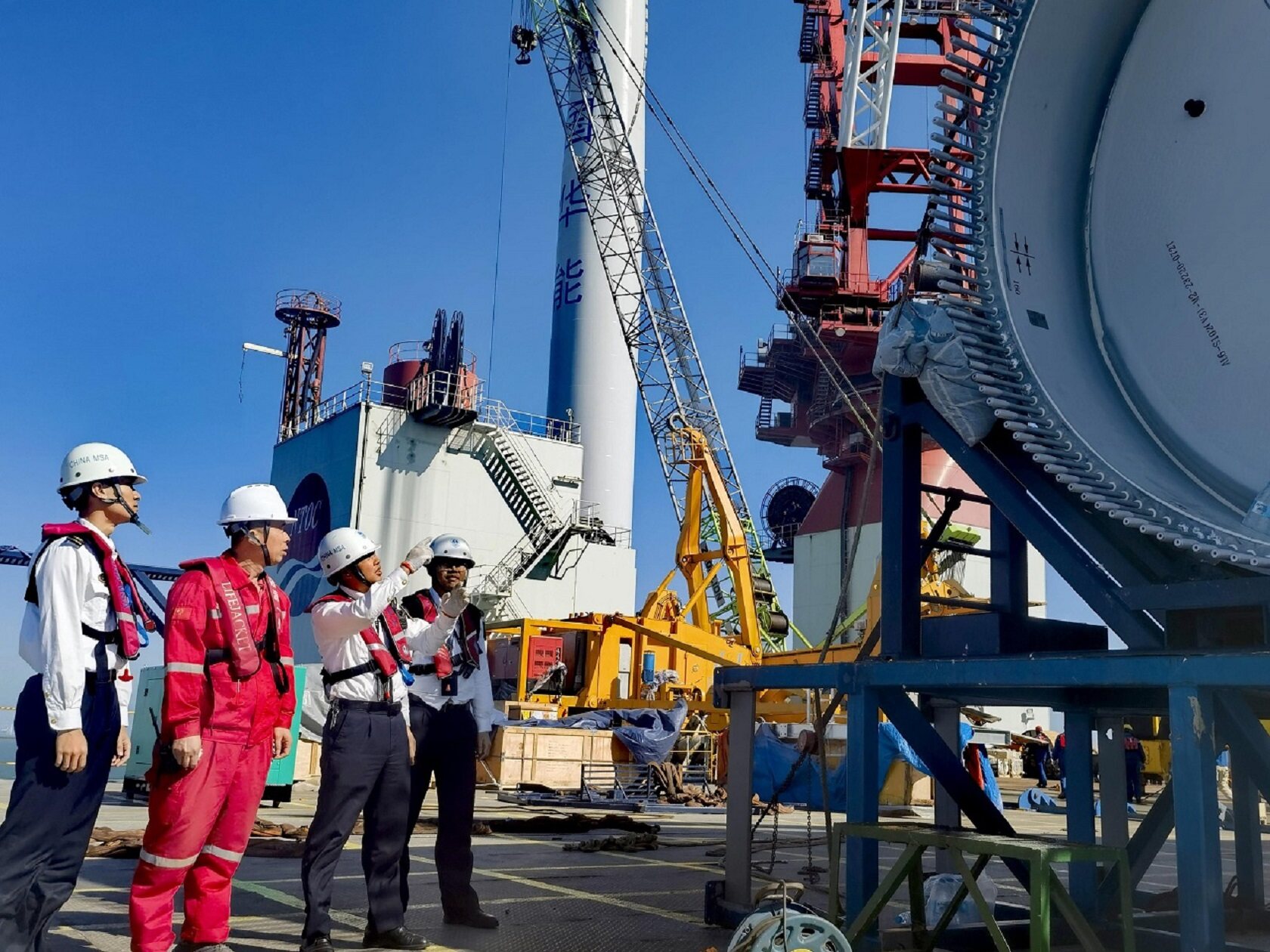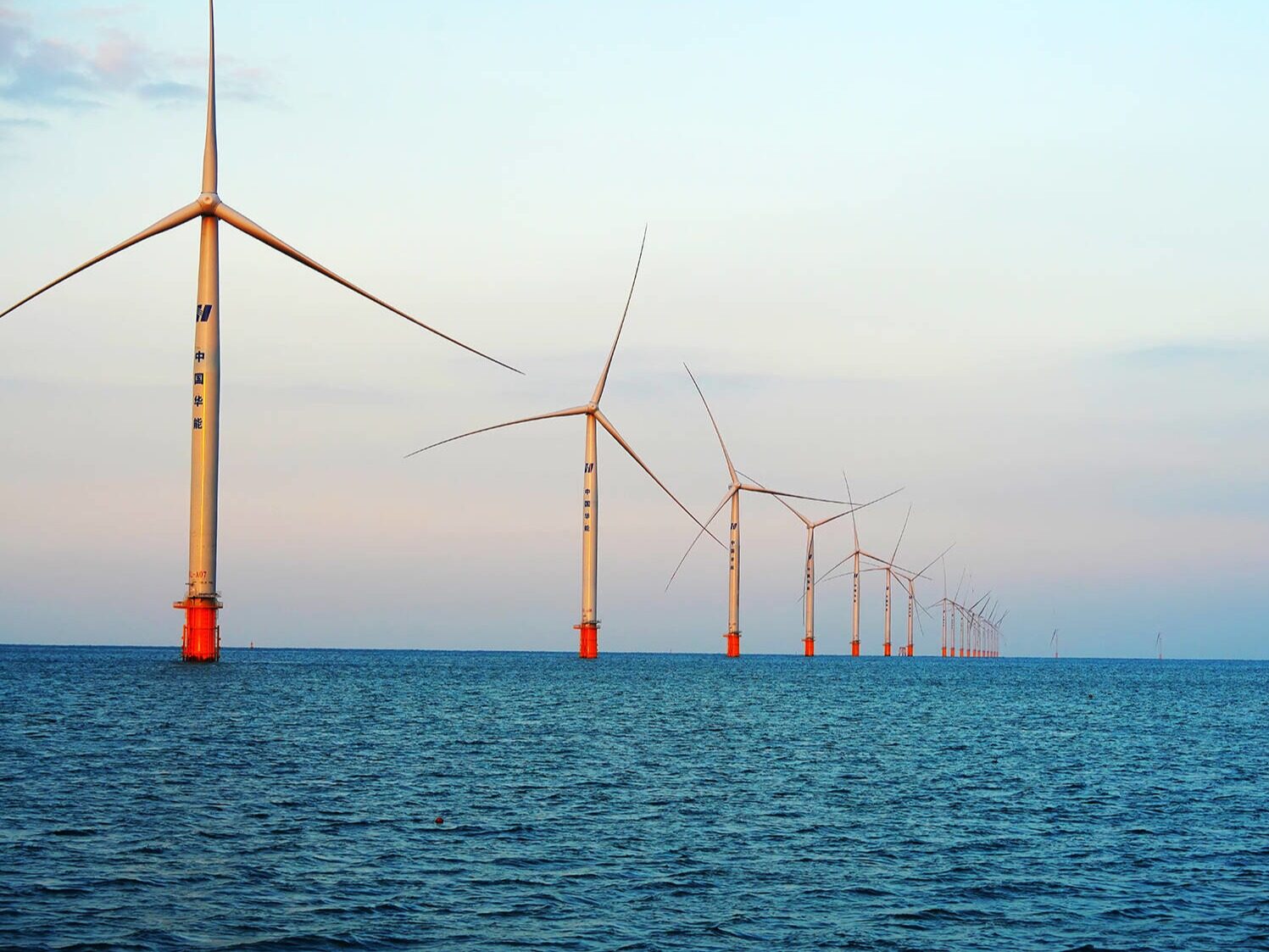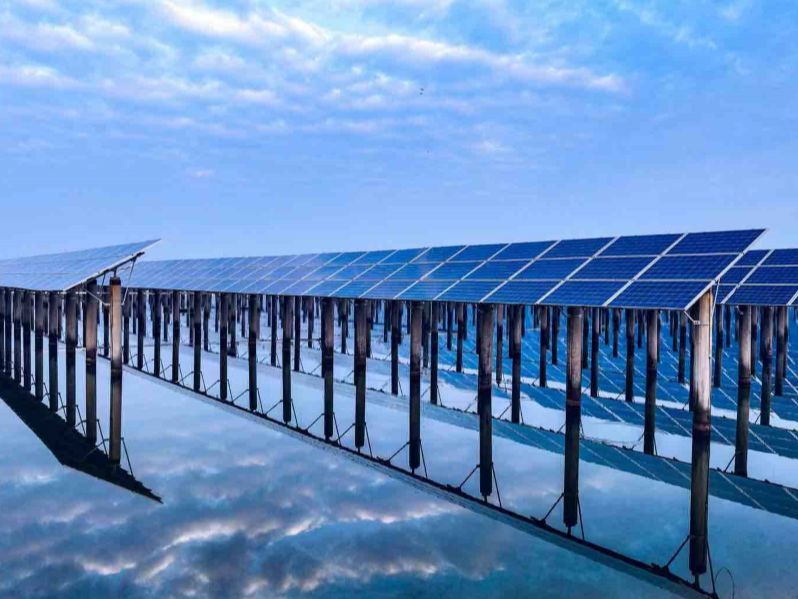- The engineering ensures the stability and reliability of the power system
- This provides solid support for energy transmission in western Guangdong and power supply in the Guangdong-Hong Kong-Macao Greater Bay Area

On May 8, Guangdong 500 kV Ehuang switch station and related line upgrading project (referred to as Ehuang series project) was put into operation. As the country's largest offshore wind power bundling and transmission project, the station brings together the resources of 6 giant offshore wind farms and two conventional thermal power plants in western Guangdong, with a grid-connected capacity of 6.95 million kilowatts, and the power access scale will reach 10.92 million kilowatts by 2026, close to half of the installed capacity of the Three Gorges Hydropower Station, and is expected to transmit more than 30 billion kilowatt-hours of electricity to the Guangdong-Hong Kong-Macao Greater Bay Area every year.
Bundling of new energy and conventional energy: to achieve multi-energy complementarity

As an important part of clean energy, wind energy is entering a new era of rapid development. In recent years, Guangdong has actively introduced policies to give full play to its geographical advantages, and in only five years, the total installed capacity of offshore wind power has jumped to the first place in the country. Yangjiang is the first city in Guangdong Province to have a total installed power capacity of more than 20 million kilowatts, and most of the electricity needs to be sent to the Greater Bay Area.
The goose huang series of projects are mainly related to the Yangjiang 500 kV Ehuang switch station, including the access system project of units 3 and 4 of Guangdong 500 kV Maoming Bohe Power Plant, the grid optimization project of western Guangdong (phase II), the Yangjiang Qingzhou 12 offshore wind power access system project, the 500 kV Zhuhai southwest point-to-grid transmission channel renovation project, and the access system of Yangxi Power Plant units 7 and 8, involving five cities such as Yangjiang, Yunfu, Maoming, Foshan, Jiangmen, etc., related to Bohe Power Plant, Yangxi Power Plant, Hehe Haifeng Plant and other 3 power sources, the total investment of the project is more than 10 billion yuan, and it is planned to build 2 switch stations, with a new line length of more than 1,000 kilometers.

The project spans the 500 kV Bohuang A and B lines, the Shenzhen-Zhanjiang high-speed railway, and the Guangzhou-Shenzhen high-speed railway, and is only constructed at night, and the work is completed in only 4 night windows, which is 75% faster than the conventional construction plan and effectively reduces the impact on traffic operation. During the peak period of construction, up to more than 2,000 personnel, 50 large lifting cranes, and 40 sets of pulling (tension) machinery were working at the same time. Sun Qiang, deputy general manager of the infrastructure department of China Southern Power Grid Guangdong Power Grid Company, said, "Through this project, we have established a good communication mechanism with the local government, power plants and other external units, built a new cooperative relationship between government and enterprises, realized the scientific allocation of all-factor construction resources, and accumulated valuable experience that can be replicated and promoted for the next project construction." ”
Jiang Tuo, director of the power dispatching and control center of China Southern Power Grid, said that new energy power generation is random, intermittent and fluctuating, and it is difficult to stabilize power supply alone. By bundling with conventional power supply, the stability of conventional power supply can be used to make up for the lack of new energy power generation and ensure the stability and reliability of the power system. The bundling of new energy and conventional energy is mainly divided into three modes: new energy + thermal power, new energy + nuclear power, and new energy + hydropower.
After the upgrading of the Goose Phoenix series project, the wiring mode has changed from the original "5 in and 3 out" to "7 in and 6 out", providing solid support for energy transmission in western Guangdong and power supply in the Guangdong-Hong Kong-Macao Greater Bay Area. "We have adopted the method of 'wind and fire bundling' to send new energy, realizing the multi-energy complementarity of large-scale offshore wind power and thermal power, promoting the consumption of offshore wind energy to the greatest extent, and realizing multi-energy complementarity." Liu Junlei, manager of the strategic planning department of China Southern Power Grid Guangdong Power Grid Company, said.
Safety and stability control: realize the new energy from "uncontrollable" to "controllable"
As of the end of March this year, the installed capacity of new energy in the operating area of China Southern Power Grid has exceeded 210 million kilowatts, ranking first in the southern region, with the maximum power penetration rate of new energy reaching 56% and the proportion of power generation reaching 21%, and the construction of a new power system has been accelerated. However, the characteristics of the "double high" (high proportion of new energy and high proportion of power electronic equipment) brought about by the large-scale operation of new energy are significant, which brings new challenges to the safe and stable operation of the power grid.

"Large-scale new energy transmission capacity like Goose Phoenix, as well as complex challenges of safety and stability characteristics, are rare at home and abroad." Jiang Tuo said in an interview with reporters that the general dispatch of the Southern Power Grid, together with the Southern Power Grid Research Institute and a number of domestic equipment manufacturing enterprises, conducted in-depth research on the safety and stability characteristics of the "double high" power system, and overcame the safety and stability control problems caused by the bundling of new energy and conventional power supplies. When the power grid has demand, it can implement a wide range of regulation and control of new energy, realize the transformation of new energy from "uncontrollable" to "controllable", refine the epistemology and methodology, explore the experience for the follow-up new energy bundling and sending out project, and the safety and stability control of the new power system, and provide a model, representing the latest international cutting-edge technology of power system stability control. At present, the construction of the offshore wind power flexible DC transmission project on Sanshan Island in Yangjiang, Guangdong Province is speeding up, Yunnan is demonstrating a new round of "water, wind and solar integration" base project, and the Tibet-Guangdong DC project will start construction within the year...... In the future, after more large-scale new energy transmission projects are put into operation, it will bring greater challenges to the safety and stability of the power grid.(This article is from the official website of Seetao www.seetao.com. Reprinting without permission is strictly prohibited. Please indicate Seetao.com + original link when reprinting) Seetao.com Strategy Column Editor/Sun Fengjuan
Comment
 Praise
Praise
 Collect
Collect
 Comment
Comment
 Search
Search














Write something~